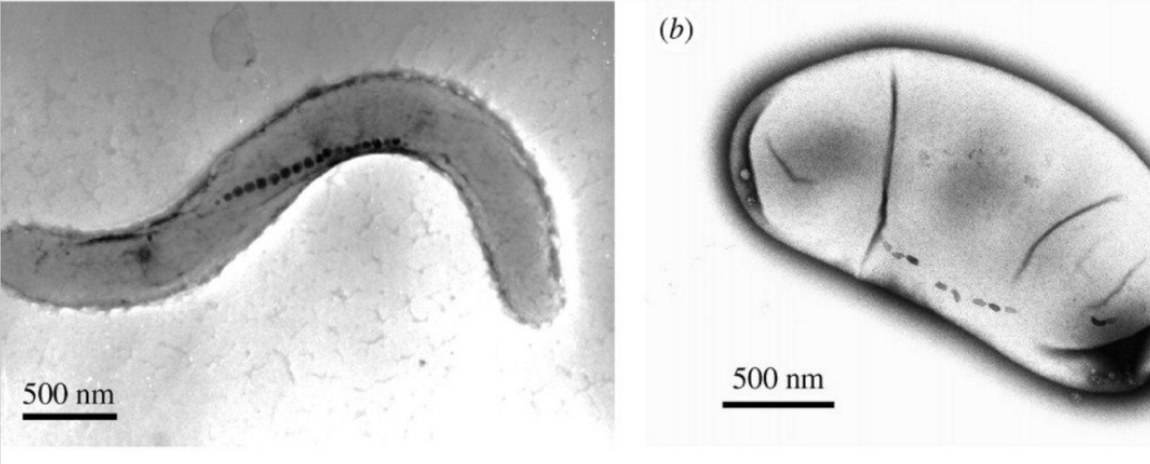
Researchers have used bacteria that migrate towards magnetic fields to directly target tumours with cancer killing drugs.
Tumours can be extremely difficult to treat, because the cells on the inside need to be targeted differently from the cells on the outside. This is because the area in the middle of a tumour is low in oxygen, so these inner cells have very different metabolisms to the rapidly proliferating cells on the surface.
Researchers from the University of Montreal, McGill University, and Polytechnique Montréal in Canada have used a type of magnetic – ormagnetotactic – bacteria to try and address this problem.
Not only to magnetotactic bacteria migrate towards magnetic fields, they also tend to swim towards low oxygen concentrations. When the researchers used a small computer- controlled magnetic field, 55 percent of the bacteria penetrated the low oxygen areas of the tumour.
“These legions of nanorobotic agents were actually composed of more than 100 million flagellated bacteria – and therefore self-propelled – and loaded with drugs that moved by taking the most direct path between the drug’s injection point and the area of the body to cure,” explains lead researcher Sylvain Martel, from Polytechnique Montréal.
“The drug’s propelling force was enough to travel efficiently and enter deep inside the tumours.”
The researchers loaded a type of magnetotactic bacteria called MC-1 with cancer killing drugs, and injected them into next to tumours in 20 mice with cancer.
Carrying tiny drug capsules called liposomes, these bacteria used a magnetic field to guide themselves to the heart of the tumour.
“We first produce a weak magnetic field pointing towards the tumour to guide drug-loaded bacteria and make them swim towards the tumour (a process called magnetotaxis),” Martel told the National Post.
“Once inside the tumour and sufficiently close to the hypoxic zones, we remove the magnetic field to allow the bacteria to use their internal oxygen sensors and follow the decreasing oxygen gradient in the tumour until they reach the 0.5 percent oxygen level.”
Similar techniques have been effective in the past, with scientists looking at a range of nanoparticles to make chemotherapy less toxic.
The idea is that if you’re able to target tumour cells, a patient wouldn’t be required to go through the invasive removal of tumours, and could also limit the amount of chemotherapy required. Using magnetotactic bacteria is a new way to target these tumour cells.
“The possibilities are vast, since all therapeutic agents for treating solid tumours share a common problem – the effective delivery to the site of treatment,” Martel said.
“Chemotherapy, which is so toxic for the entire human body, could make use of these natural nanorobots to move drugs directly to the targeted area, eliminating the harmful side effects while also boosting its therapeutic effectiveness.”
As mentioned, the research has only been shown to work in mice, and is a long way off human clinical trials. It also won’t solve every cancer problem.
Doctors would need to know approximately where the tumour is, to be able to direct the bacteria there, and any secondary tumours that are too small to be recognised couldn’t be targeted.
But considering how invasive and difficult current cancer treatments are, we’re looking forward to seeing more of these new technologies in action.
This research has been published in Nature Nanotechnology.